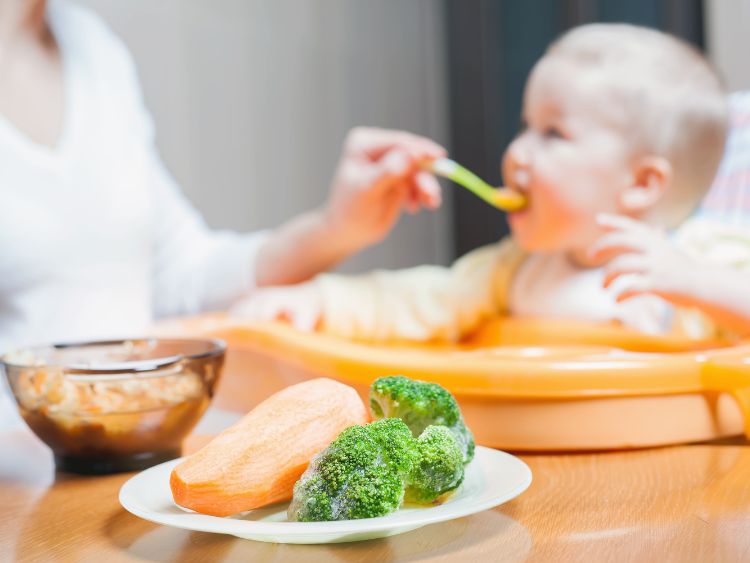In the bustling world of modern parenting, choosing the right materials for feeding your baby is more crucial than ever. Glass baby food jars emerge as a standout choice for their safety, sustainability, and versatility. This article dives deep into why these jars are gaining favor among parents who are keen on prioritizing health and eco-friendliness while navigating the joys and challenges of child-rearing.
The choice of baby food storage is no small decision for a new parent. Amidst a myriad of options, glass baby food jars offer a compelling combination of safety, environmental friendliness, and long-term value. From their non-toxic nature to their ability to preserve the taste and nutritional quality of food, glass jars are making a comeback. This piece explores everything parents need to know about opting for glass over other materials, how to use these jars effectively, and why they might just be the best choice for feeding your little one.
Why Choose Glass Baby Food Jars?
The Safety Advantage
Glass is chemically inert, which means it doesn’t react with the food it holds. Unlike plastics, which can leach harmful chemicals into food and drinks, glass remains pure and safe:
- Non-toxic: Glass jars contain no BPA, phthalates, or other harmful chemicals that are often found in plastic containers.
- Allergy-friendly: With glass, the risk of allergenic material contaminations is minimal, making it ideal for sensitive babies.
Environmental Impact
Opting for glass baby food jars isn’t just good for your baby, it’s also a pat on the back for Mother Nature:
- Recyclable: Glass can be recycled indefinitely without loss of quality or purity.
- Sustainable: Using and reusing glass jars can significantly reduce the demand for single-use plastics.
Cost-Effectiveness and Convenience
While glass jars might seem pricier upfront, their durability and versatility can lead to savings and convenience that add up over time:
- Reusable: Glass can be sterilized and reused for different purposes, which reduces the need to buy new containers.
- Versatile: These jars aren’t just for baby food; they can store spices, homemade jams, or even small crafting supplies!
How to Use Glass Baby Food Jars Effectively
Transitioning to glass means understanding how to maximize the lifecycle of these jars:
- Storage: Always ensure the lid is tightly sealed to maintain freshness.
- Heating: Avoid sudden temperature changes to prevent cracking. Use a water bath for warming up food.
- Cleaning: Glass jars are dishwasher safe, but hand washing is recommended to extend their life.
- Labeling: Use non-toxic markers to label the jars with contents and date of storage to keep track of baby’s meals.
Creative Ways to Repurpose Glass Baby Food Jars
Once your baby has moved on from purees, these jars can live a second life around your home:
- Mini planters: They are perfect for succulents or herbs.
- Organization tools: Organize small items like beads, screws, or sewing pins.
- Decor: Fill them with fairy lights or use them as tiny candle holders.
Frequently Asked Questions
Are glass baby food jars safe to freeze?
Absolutely! Just ensure you leave some headspace in the jar as the contents will expand when frozen.
How can I ensure the glass jars don’t break when I’m out and about?
Invest in a protective sleeve or a padded bag designed for glass containers to cushion them while traveling.
Can glass jars retain odors or stains?
Glass is non-porous, which means it won’t hold onto odors or colors from foods like carrots and beets.
Conclusion
Choosing glass baby food jars is more than just a trend; it’s a step towards healthier, more sustainable parenting. By opting for glass, you ensure your baby’s food stays pure and safe, and you contribute to a healthier planet. So, why not give glass a shot? Your baby, and Mother Earth, will thank you for it.

